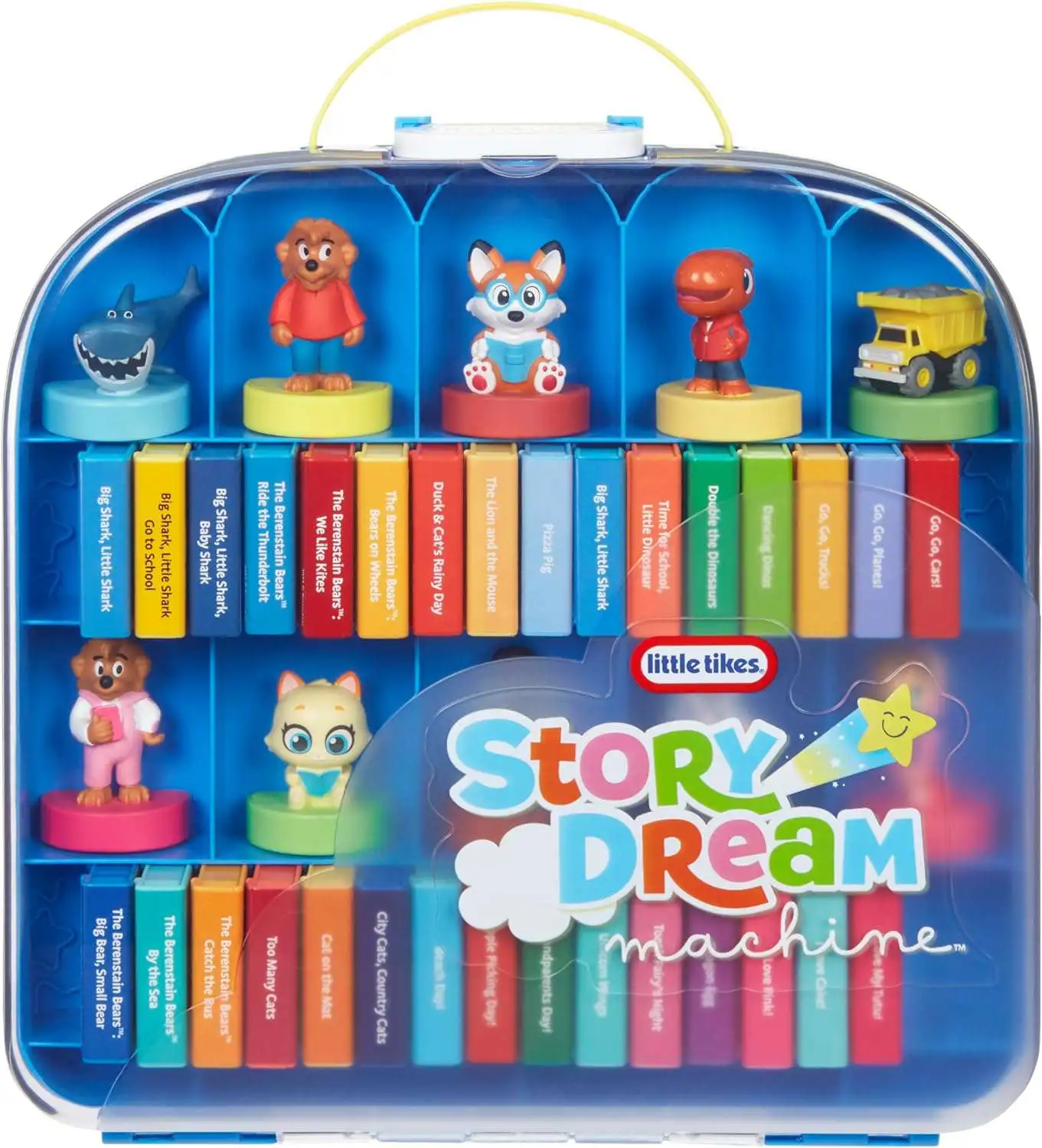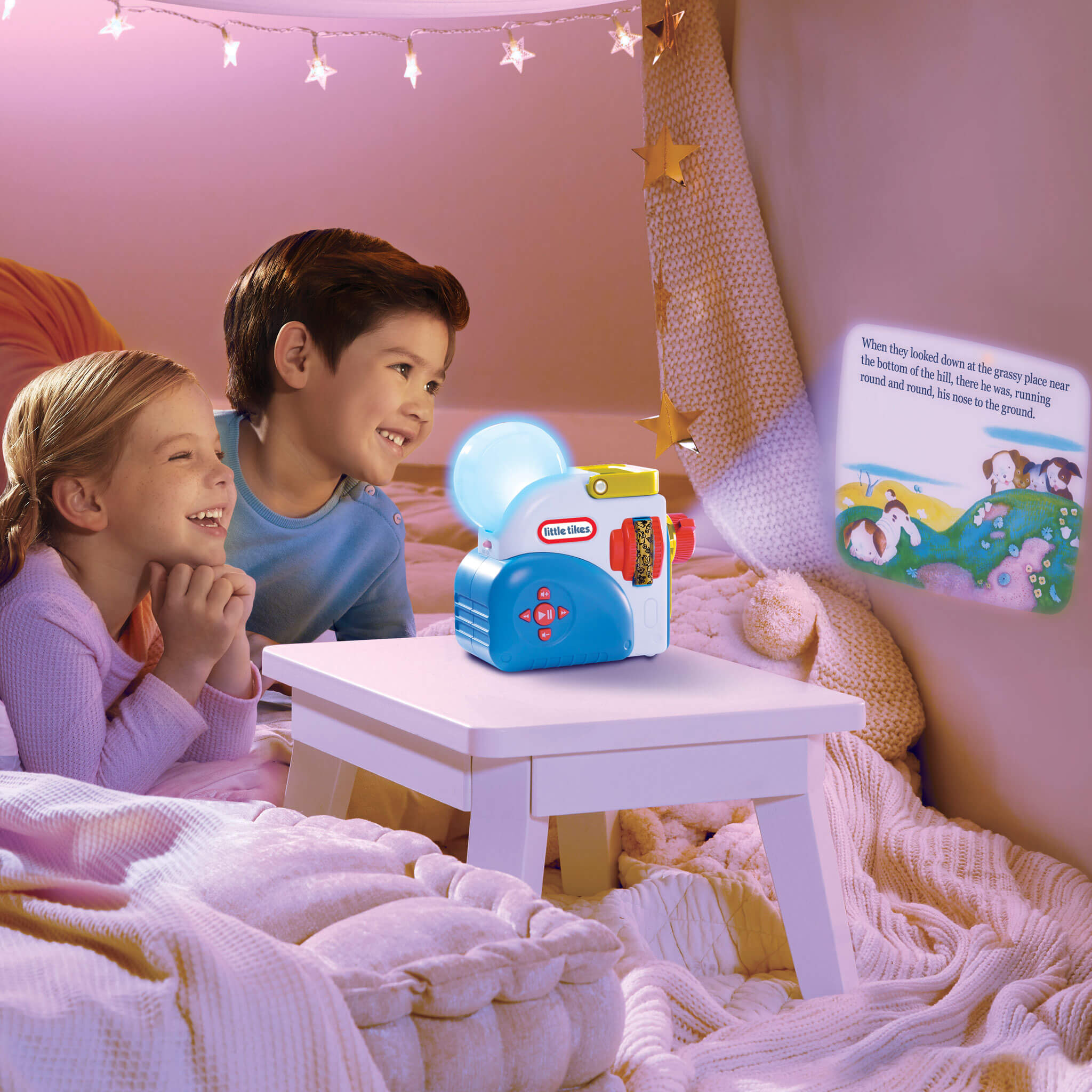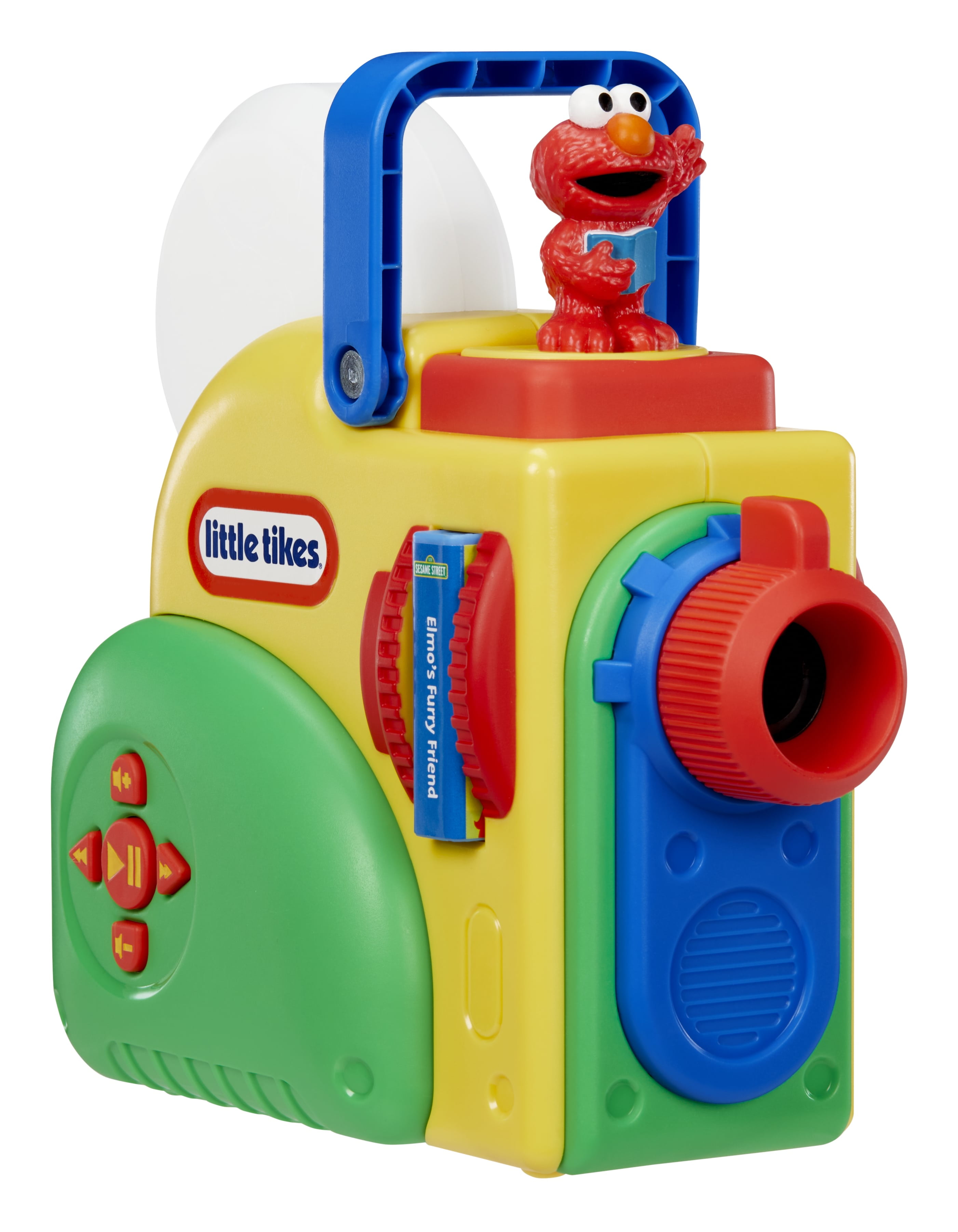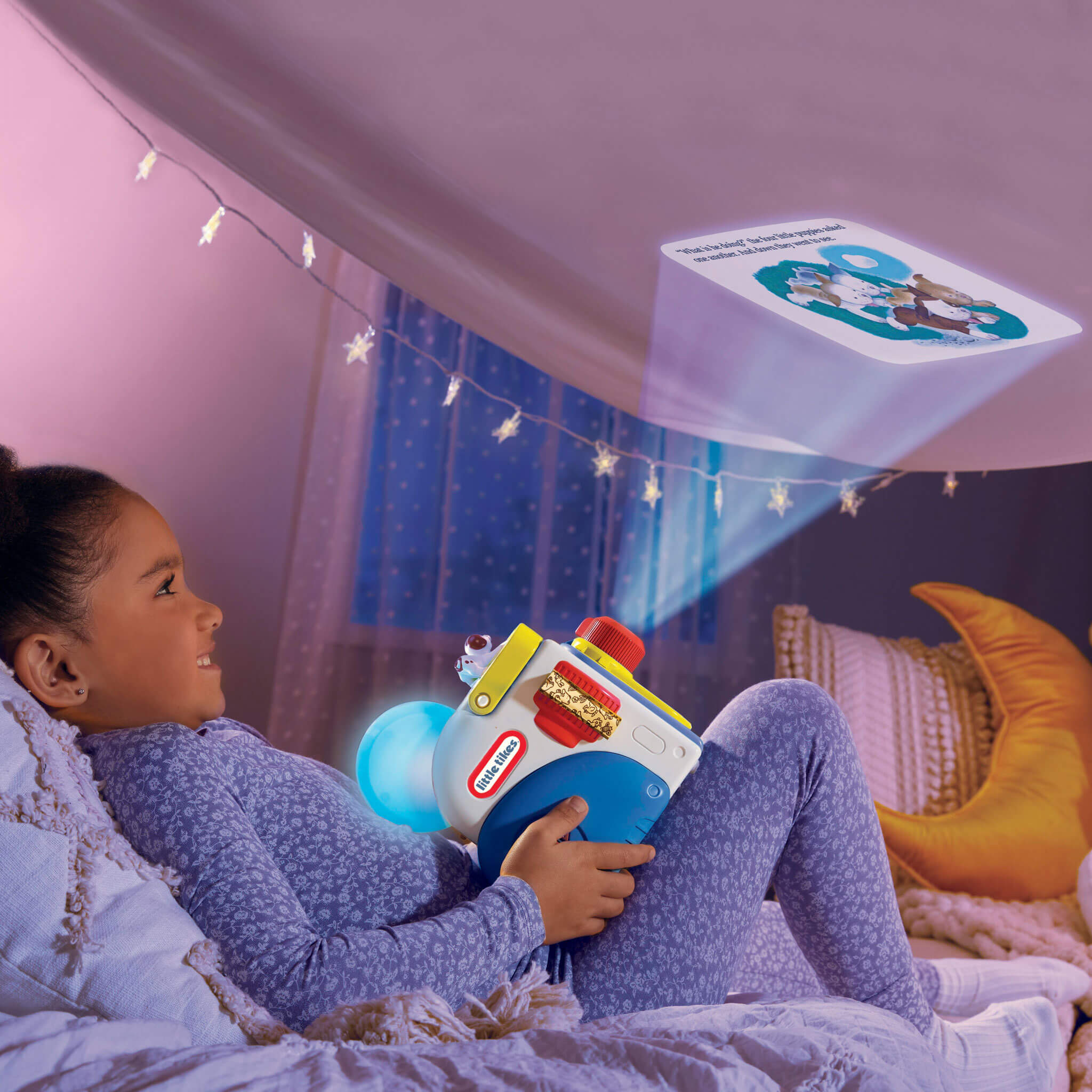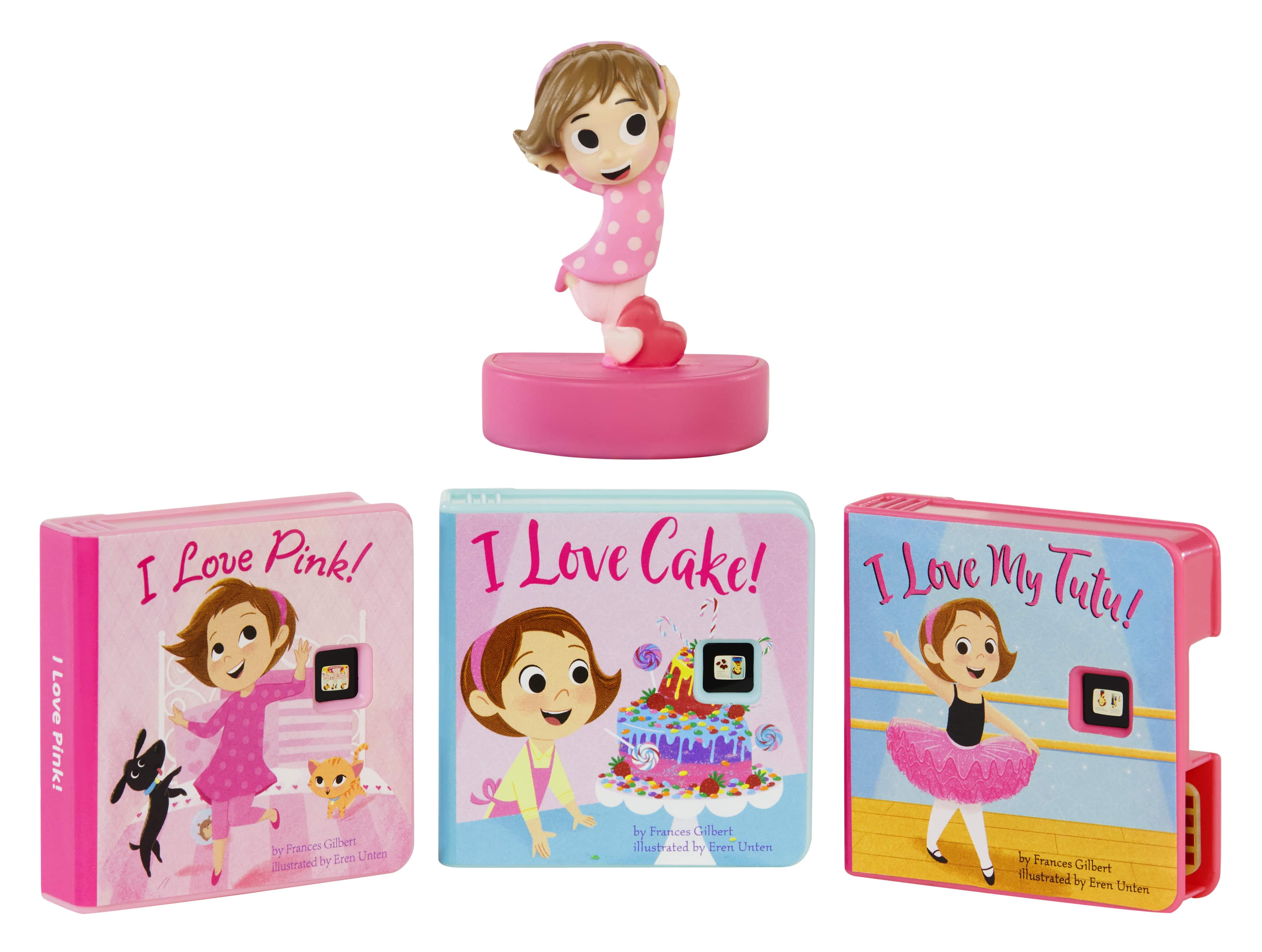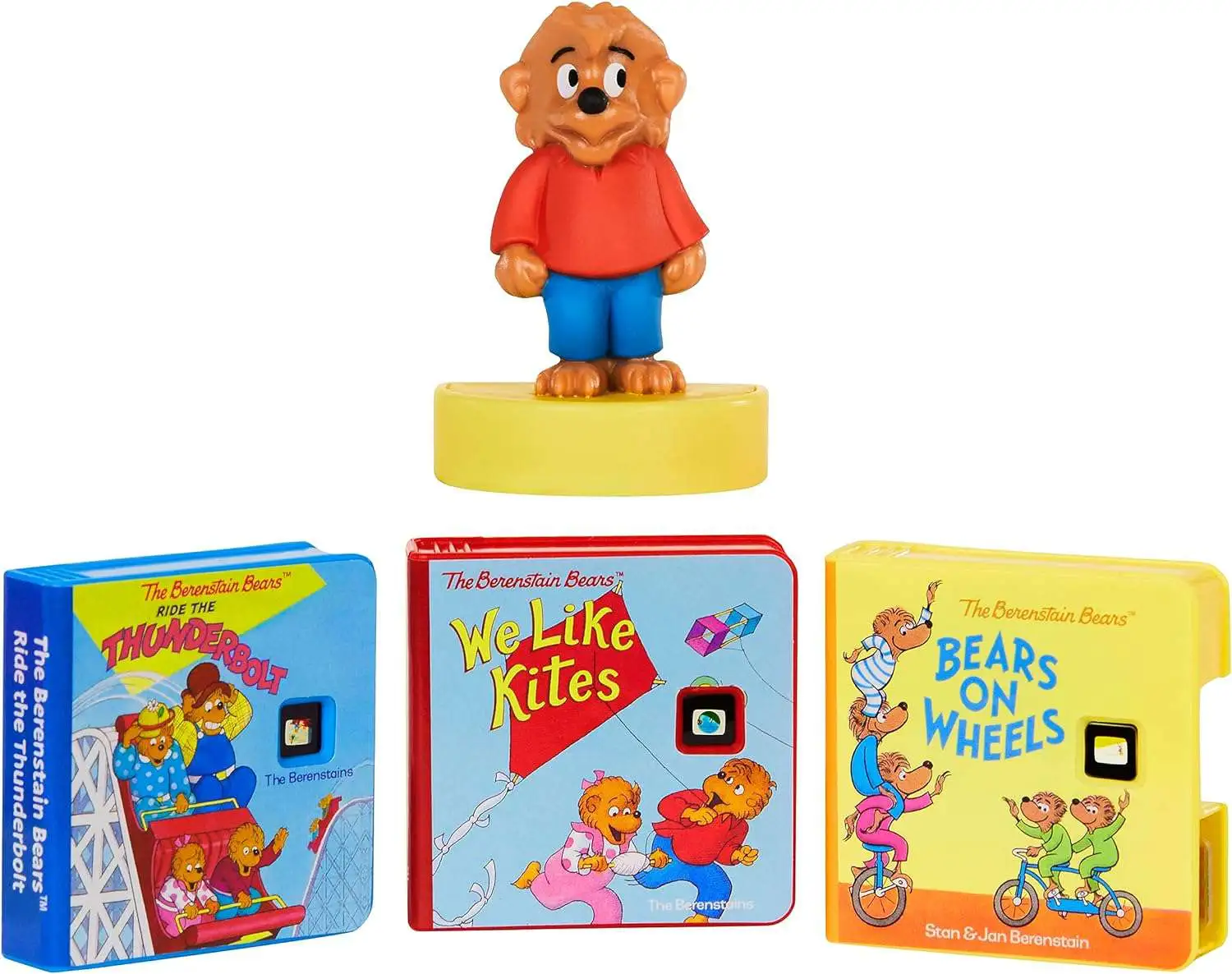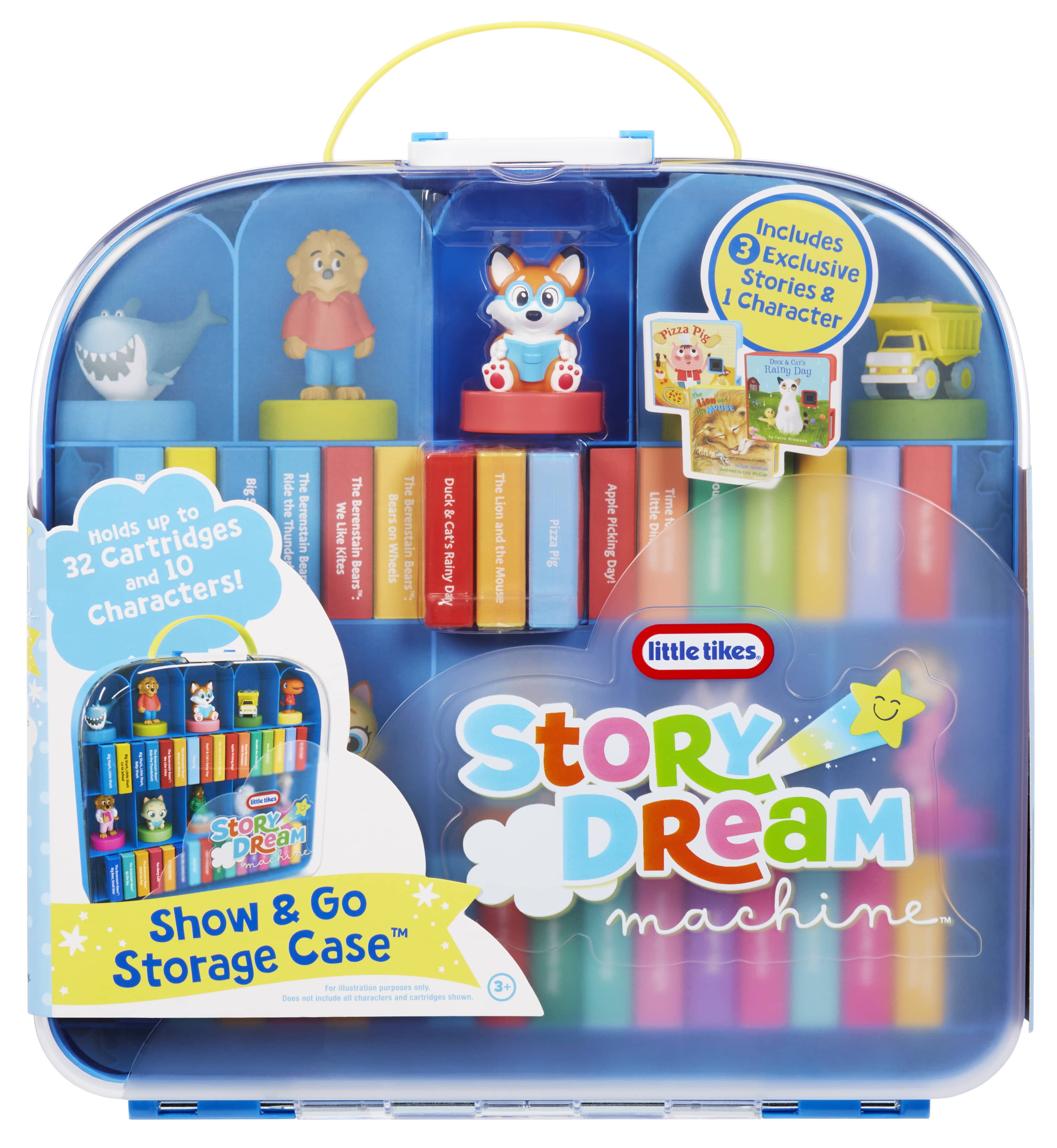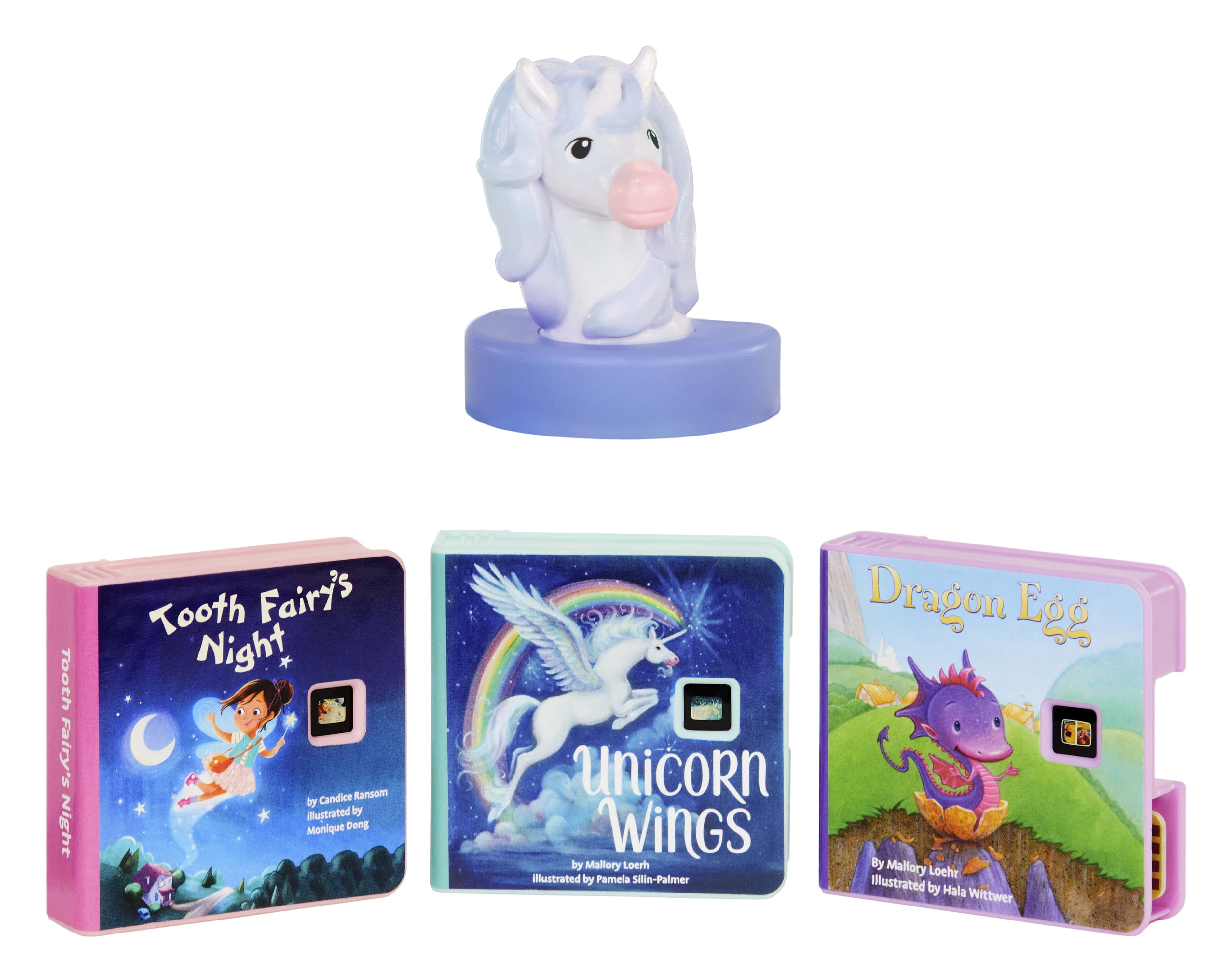Little Tikes Story Dream Machine Characters

As screens increasingly dominate childhood entertainment, a low-tech alternative has quietly gained traction: the Little Tikes Story Dream Machine. This projector-based storytelling device, beloved by parents seeking screen-free options, features a growing cast of characters, each with their own unique narratives and visual styles. But are these characters truly enriching children's imaginations, or are they simply another form of commercialized content vying for young minds' attention?
This article delves into the world of Little Tikes Story Dream Machine characters, examining their development, their appeal to children and parents, and the broader implications of their role in early childhood development. We'll explore the creative process behind character creation, the educational value embedded within their stories, and any potential concerns surrounding representation and commercial influence. Furthermore, we'll consider how the Story Dream Machine fits into the evolving landscape of children's entertainment.
The Genesis of Story Dream Machine Characters
The Story Dream Machine, launched by Little Tikes, hinges on swappable cartridges, each containing a story and a corresponding cast of characters. These characters aren't just illustrations; they are designed to be relatable and engaging for young children, often embodying traits like curiosity, kindness, and bravery. The development process typically involves a team of writers, illustrators, and child development experts.
According to official statements from Little Tikes, the characters are carefully crafted to align with early childhood learning objectives. These objectives include fostering literacy skills, promoting social-emotional development, and encouraging creative thinking. Each story is intended to offer age-appropriate lessons and values.
Popular Characters and Their Stories
Among the most popular characters are those featured in the "Adventures of Poppy" series. Poppy, a curious and adventurous young girl, often embarks on journeys that teach valuable life lessons about friendship, problem-solving, and respecting the environment. Her stories are visually appealing, featuring vibrant colors and simple yet engaging animations.
Other notable characters include those from the "Sleepy Time Stories" collection. These stories are designed to promote relaxation and encourage restful sleep, often featuring gentle narratives and calming visuals. Characters like the "Dream Weaver" and the "Star Catcher" are specifically created to ease children into sleep with their soothing presence.
Educational Value and Parental Appeal
Parents are drawn to the Story Dream Machine as a screen-free alternative to tablets and television. They appreciate the device's ability to engage their children's imaginations without the potential downsides of excessive screen time. The educational content embedded in the stories is another significant draw.
A survey conducted by the National Association for the Education of Young Children (NAEYC) indicates that parents increasingly seek out educational toys and tools that promote hands-on learning. The Story Dream Machine, with its combination of storytelling and visual projection, aligns with this trend.
Furthermore, the Story Dream Machine's portability and ease of use make it a convenient option for parents on the go. Unlike traditional books, the device offers a dynamic and interactive storytelling experience that can capture children's attention for extended periods.
Concerns and Criticisms
Despite its popularity, the Story Dream Machine and its characters are not without their critics. Some argue that the device, while screen-free, still relies on a pre-determined narrative, potentially limiting children's imaginative freedom. Others express concerns about the commercialization of childhood and the potential for characters to be used to promote branded products.
Another concern revolves around representation and diversity. While Little Tikes has made efforts to include characters from diverse backgrounds, some critics argue that more could be done to ensure that all children feel represented and included in the stories. Ensuring inclusivity and avoiding harmful stereotypes is paramount in children's entertainment.
Additionally, the cost of the cartridges can be a barrier to entry for some families. While the initial investment in the Story Dream Machine may be reasonable, the ongoing expense of purchasing new stories can add up over time. This raises questions about accessibility and equitable access to educational resources.
The Future of Story Dream Machine Characters
Little Tikes continues to develop new characters and stories for the Story Dream Machine, aiming to expand its appeal and address criticisms. The company has indicated plans to incorporate more interactive elements into the stories, allowing children to make choices that influence the narrative. This could potentially enhance engagement and promote critical thinking skills.
Looking ahead, the Story Dream Machine and its characters could play an increasingly important role in early childhood education and entertainment. As technology continues to evolve, it's likely that we'll see even more innovative ways to combine storytelling with visual projection, creating immersive and engaging learning experiences for young children. The key will be to strike a balance between entertainment and education, ensuring that these characters contribute positively to children's development and well-being.
Ultimately, the success of the Story Dream Machine characters will depend on their ability to resonate with children and parents alike. By focusing on creating relatable, engaging, and educational content, Little Tikes can continue to offer a valuable alternative to screen-based entertainment and foster a love of reading and imagination in young children.
